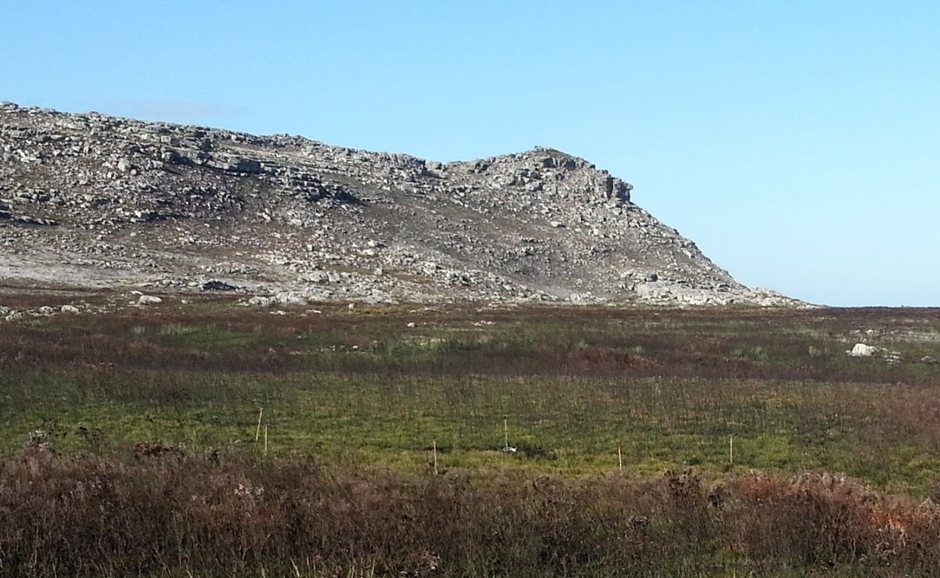5 December 2016 | By John Measey
A new paper, recently published in the Journal of Applied Ecology, provides a method for acoustic monitoring that calculates the area listened to, by an array of microphones. C·I·B senior researcher, John Measey, and colleagues from the University of Cape Town and the University of St. Andrews, Scotland, used microphones to monitor the Cape peninsula moss frog (Arthroleptella lightfooti) in Table Mountain National Park, South Africa.

The revolution in digital media has enabled conservation organisations wishing to monitor vocalising species to record sounds from the environment and use automated voice recognition computer software to pick out particular species from their calls. Acoustic monitoring is suitable for monitoring the abundance of a species over time as it has minimal impact on the species being monitored. Many managers are now turning to digital acoustic media to fulfil their need to see how the abundance of wild animals changes over time, for example, with changes in climate.
However, there are some technical difficulties in analysing acoustic data collected over large areas of space. First, the area a microphone listens to is not easily defined. The slightest wind or even a change in humidity can change the distance over which sound propagates, with the result that microphones listen to different areas every time they record.

In their study, Measey et al showed that the area over which their microphone array could detect frog calls nearly doubled (from 400 to 800 m2) during the winter breeding season. However, because the technique accounted for this change in the size of the sampling area, they could effectively monitor the calling density of this threatened species.
“Microphone arrays are a very exciting advance because we can now monitor our environment without damaging the species we aim to monitor,” Measey said, “but without considering where they are listening, managers risk making false assumptions about the data they collect.”
Read the paper at
For more information, contact John Measey at jmeasey@sun.ac.za
Read more about aSCR at: http://john.measey.com/aSCR
See a video of the technique at:
